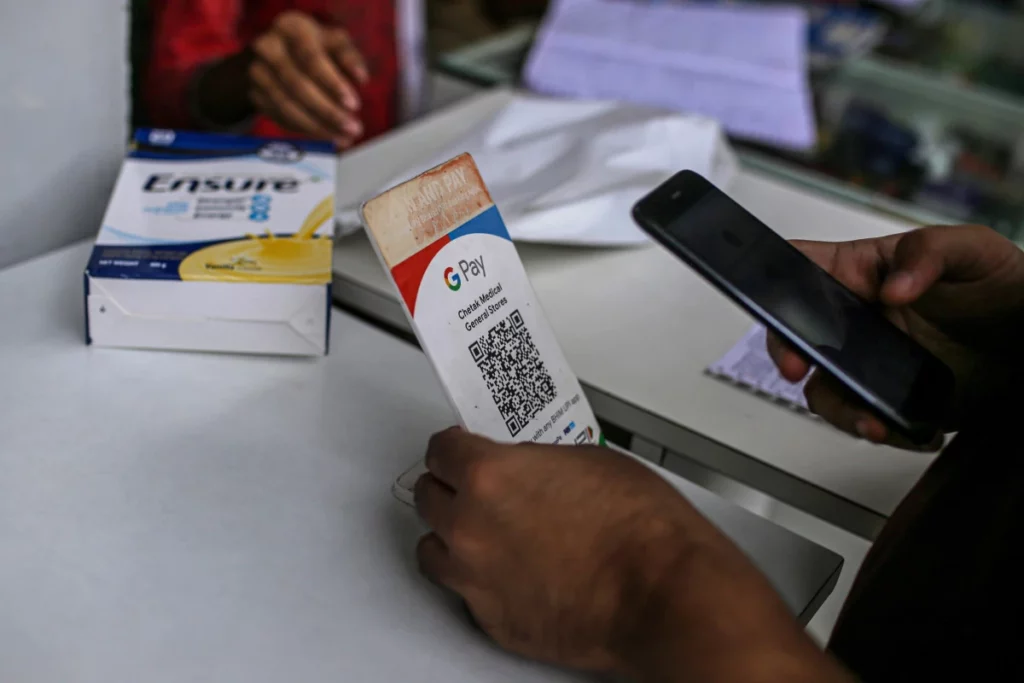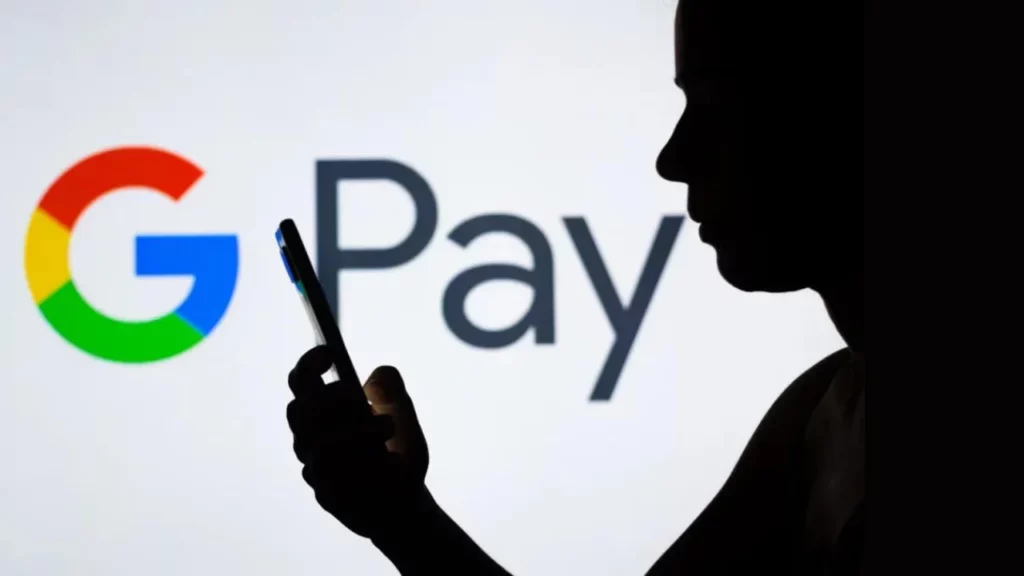The tech world recently witnessed a surprising announcement of Google’s decision that the Google Pay App to Be Discontinued in June in the United States effective 4 June 2024. This move, while unexpected for many, marks a significant shift in Google’s strategy for its digital payment services within the US market.
Why Google Pay App to Be Discontinued in June
Understanding the Reasons for Discontinuation: While the official announcement from Google attributed the decision to a desire to simplify its payment methods and consolidate its services, the underlying rationale appears multifaceted.
Consolidation within the Google Wallet Ecosystem: Google Pay, initially launched in 2015 as a mobile payment platform, evolved to offer additional functionalities like peer-to-peer payments and loyalty programs. However, Google already had a well-established platform called Google Wallet.
which served similar purposes. By merging these two platforms, Google aims to streamline the user experience and avoid offering overlapping services. This consolidation also simplifies their marketing and promotional efforts.
Potential Market Saturation: The digital payment landscape in the US is already highly competitive, with established players like Apple Pay, Samsung Pay, and numerous bank-specific apps vying for market share. Google Pay, despite its initial success, may have struggled to gain significant traction against these entrenched competitors.
This decision could be a strategic move to streamline their efforts in a saturated market, focusing resources on Google Wallet, and potentially offering greater differentiation through its broader functionalities.
Focus on Specific Markets: Google Pay will continue to operate in countries like India and Singapore, where it enjoys significant user adoption and potentially faces less competition than the US market.This highlights Google’s strategic decision to prioritize markets where they believe their payment platform holds greater potential for success.
The Impact on Users

While the discontinuation might initially cause inconvenience for some users accustomed to the Google Pay app, Google assures a smooth transition to the Google Wallet platform. Users can expect to
- Continue using existing payment methods: All existing payment methods linked to Google Pay will automatically transfer to Google Wallet.
- Maintain existing balances: Users can still access and manage their Google Pay balance within Google Wallet.
- Limited feature access: Certain features currently available in Google Pay, like peer-to-peer payments and finding deals, will no longer be accessible within Google Wallet.
The Evolving Landscape of Digital Payments in the US
Google’s move highlights the dynamic nature of the digital payments landscape in the US. Various players vying for dominance, consolidation, and strategic maneuvering are likely to continue.
It will be interesting to see how this decision impacts the broader ecosystem and what further innovations emerge in the quest to provide users with secure and convenient ways to manage their finances.
Looking Forward
The Google Pay App to Be Discontinued in June marks a significant shift in the company’s digital payments strategy. While the reasons behind the change are likely multifaceted, it opens the door for speculation and analysis.
Whether this move will be a wise decision for Google in the long run remains to be seen. However, it undoubtedly contributes to the ongoing evolution of the digital payments landscape in the US and beyond, urging other players to constantly adapt and innovate to remain competitive in this dynamic space.
International UPI Payments
While The Google Pay app will be discontinued in June and might impact domestic transactions, it doesn’t limit your ability to send and receive money internationally. The Unified Payments Interface (UPI) offers a convenient and secure way to make international payments directly from your bank account in India. Explore options like integrating UPI with specific international money transfer services or utilizing UPI-powered apps to seamlessly send and receive funds across borders, ensuring your financial world remains connected even with the changing landscape of digital payments.



